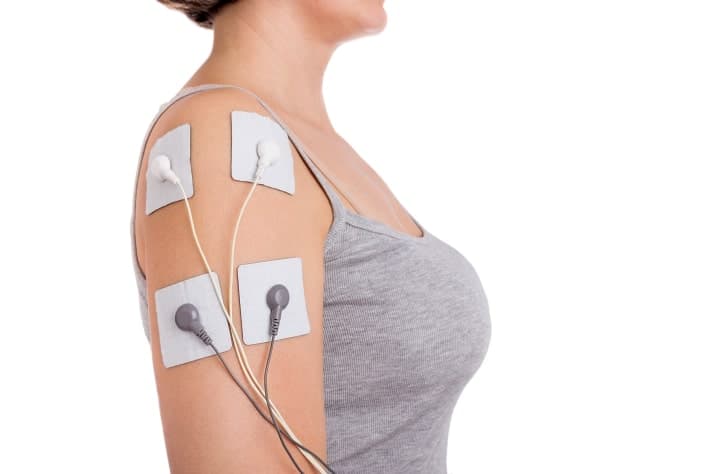
How Does Iontophoresis Work?
To do this, you will be asked to submerge the affected area in water or cover it with a wet sponge or cloth. The doctor uses two electrodes; one for positive current, and the other for negative current. Depending on your condition, your physician will decide what medication will be administered through iontophoresis.
If the medication is positively charged, the electrode with a positive current is used to "push" the medication into the body. If it is negatively charged, the negative current is then used.
Advantages of Iontophoresis
- Painless. Although some patients may feel a slightly uncomfortable tingling sensation, iontophoresis is a generally painless procedure.
- Long-lasting. Study shows that medication administered through iontophoresis gets absorbed faster and stays in your body longer than when applied by any other method.
- Rapid effects. Undergoing the treatment for 20-30 minutes several times a week has shown significant improvements in patients.
- Non-invasive. It doesn’t require taking oral medication or undergoing a surgical procedure. It also has no lasting side effects.
When Not to Use
Iontophoresis is generally safe when performed by a healthcare professional. Most states would require a doctor's prescription before getting an iontophoresis treatment. But if any of the following applies to you, it's better to avoid iontophoresis altogether:
- If you have a pacemaker or any metallic implants
- If you suffer from epilepsy and other seizure disorders
- If you have heart problems
- If you’re pregnant
- If the skin of the affected area is irritated or infected
- If you have impaired sensations in the affected area
Sweaty palms no more!
Recent Posts











